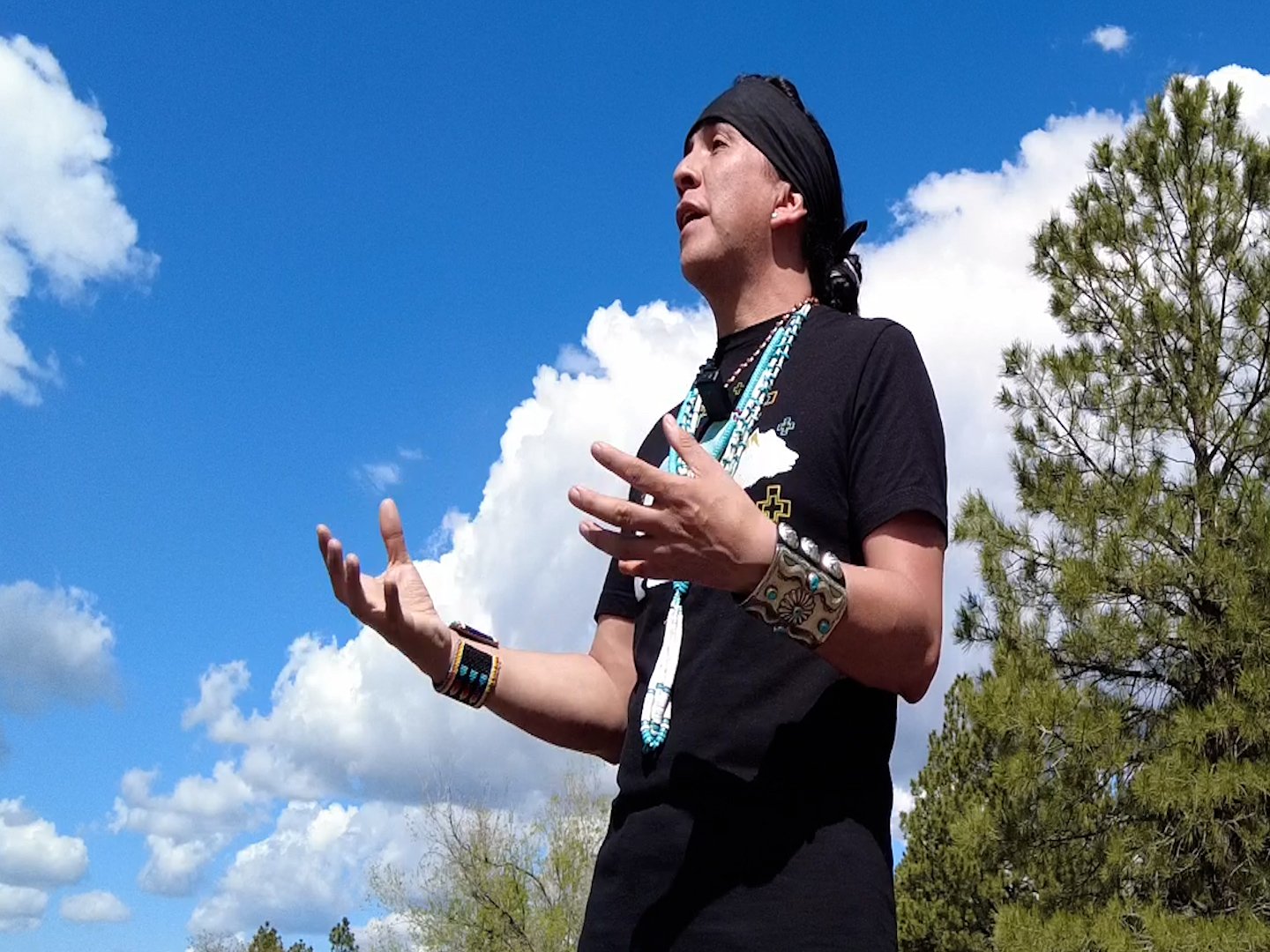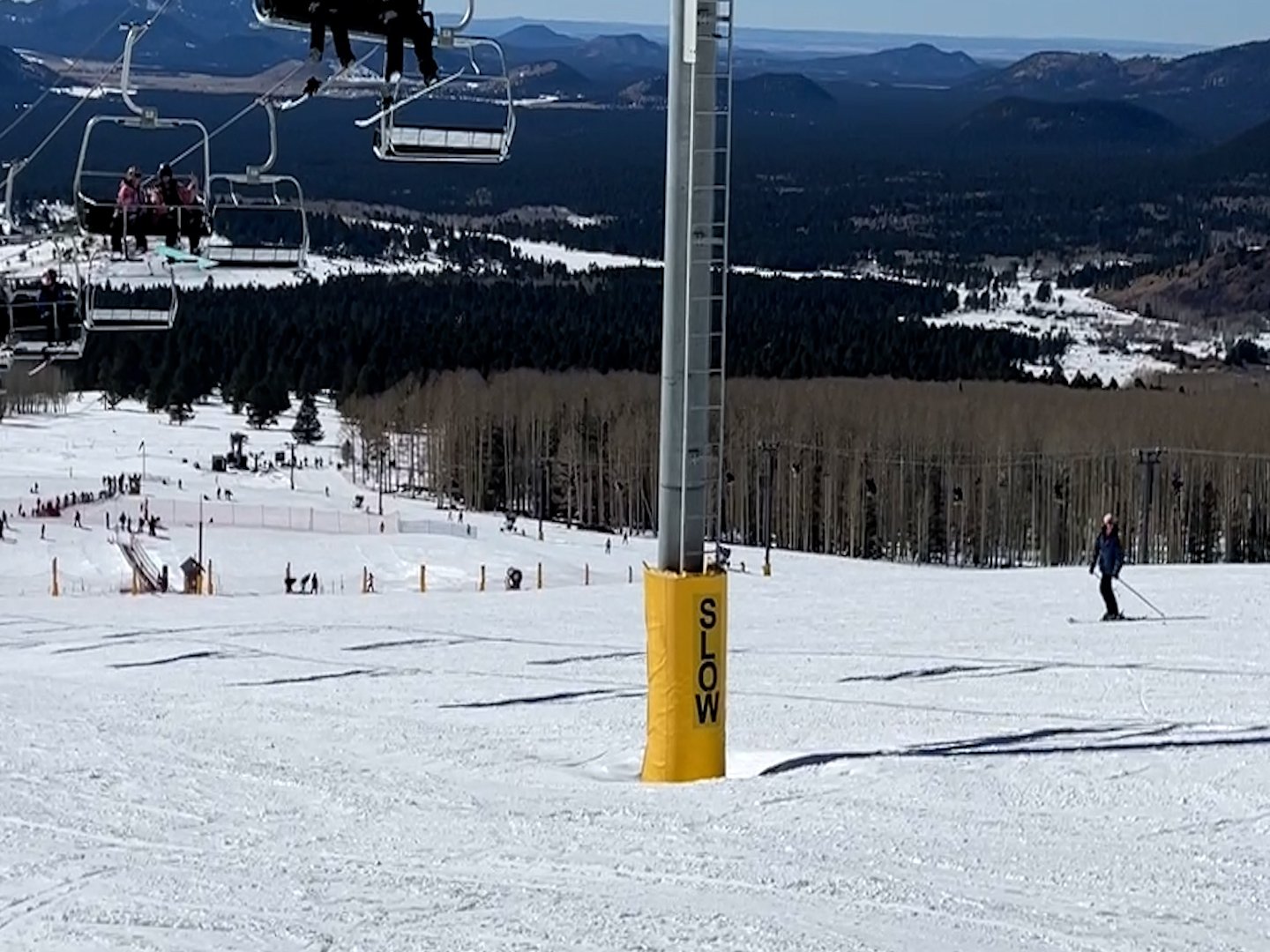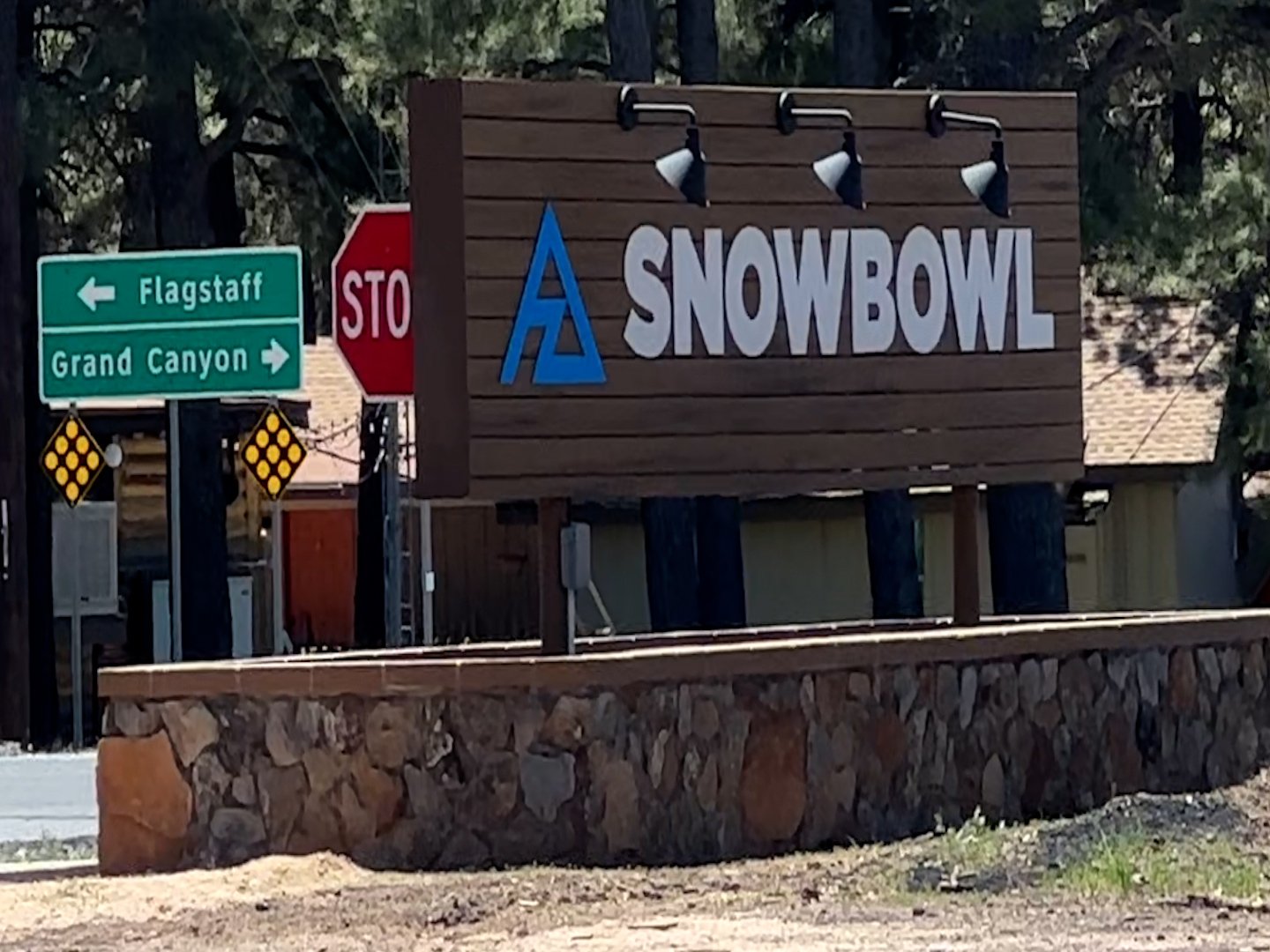Special Blog Series: Arizona Snowbowl Threatens Our Water Resources
By Darrell Marks from the Navajo Tribe.
The San Francisco Peaks are unique in Arizona because of their elevation and the storms that come in from the California coast and the Pacific, hitting this region.
This abundance of rainfall doesn’t only cover these sacred mountains with snow. These mountains are volcanic and porous, so the water of the precipitation also goes down into the groundwater systems a thousand feet below us, running underground east and west, and feeding into Little Colorado and the greater Grand Canyon region.
Whatever Arizona Snowbowl does to the very top of the mountain impacts the mountain itself, the base of the mountain, and the whole region – nearly a 100-mile radius- around us and the groundwater system. We don't treat that water with the same respect it deserves.
Arizona Snowbowl operates on a capitalistic system. They want to extend their ski season and have more people coming up to make more money, disregarding the impacts of skiing and their economic venture on our community and the environment.
Just a few years ago, Arizona Snowbowl built a parking lot. They were supposed to impact a little over three and a half acres, but they ended up affecting nearly 15 acres, cutting down more trees and causing more noise, which pushed animals away from the entire base of the mountain.
Arizona Snowbowl has been making artificial snow and spraying it on the mountain for several years.
The Hopi Tribe says that if we make snow, we're basically telling God we don't need him to make snow and water because we can do it. We have seen now what the Hopi warned us about. We have seen a decrease in the amount of rainfall in the region. Except this year, the drop in snowfall and rainfall has been frightening, increasing the danger of wildfires.
That water scarcity is a real threat. Less than ten years ago, Flagstaff officials told the community that if the trend of rainfall and snowfall didn't change, Flagstaff could be out of the water to match its growth in 15 or 18 years. We're getting close to that. We must do whatever it takes to protect our water resources.
The City of Flagstaff said it planned to pipe water out of the Navajo aquifer, almost 30 or 40 miles east of Flagstaff, which has been impacted by coal mining. But that is not all. Bringing that water up to Flagstaff will cost millions of dollars. They are looking for and counting on water near Winslow, where we know, as Navajo people, that uranium tailings have impacted these areas. The concentration of uranium and arsenic in the groundwater itself is high.
As Indigenous people, we know water has memory. If we mistreat it, it will mistreat us. It's a reciprocal relationship.
Arizona Snowball doesn't only desecrate our sacred lands for profit. The expansion of its recreational venture puts our precious surface water and groundwater at risk, and that is something we cannot afford.




